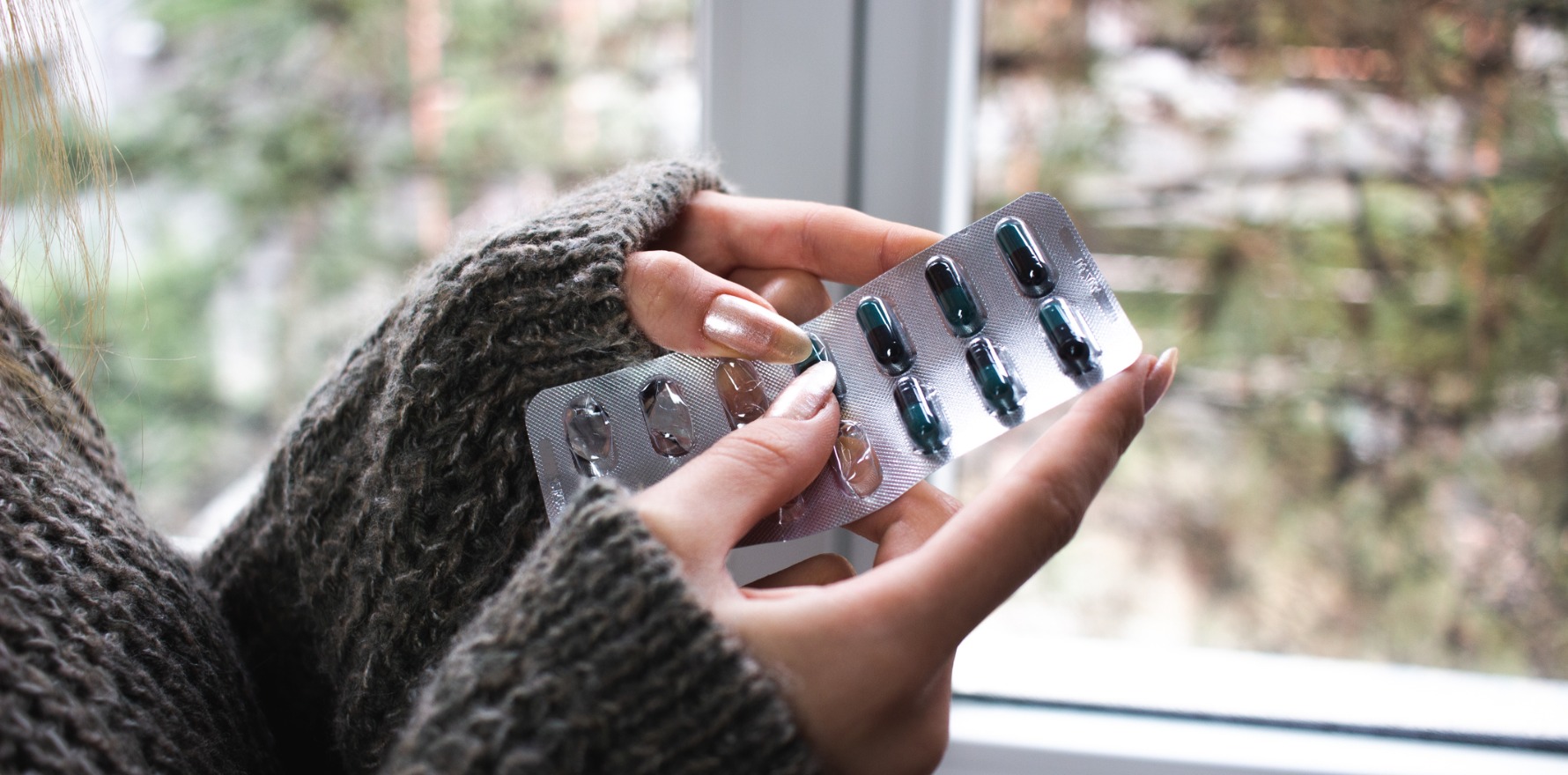Australia’s unintended pregnancy rate is still surprisingly high.
RANZCOG has published the first free clinical guideline on contraception for Australian and New Zealand clinicians, who previously relied on international and paywalled therapeutic guidelines.
The 100-plus-page document has a chapter on each of 10 contraception types and four chapters on postpartum women, young women, those over 40 and those who are overweight or obese.
It is adapted from a guideline produced by the Faculty of Sexual & Reproductive Healthcare in the UK and uses its evidence grading.
Professor Kirsten Black, chair of the RANZCOG sexual and reproductive health committee and of its guideline development group, and professor of sexual and reproductive health at the University of Sydney, said rates of accidental pregnancy in Australia left much room for improvement.
“We know that 40% of pregnancies are unintended,” she told TMR. “So there’s a really important gap to fill there in making sure that every pregnancy is well timed and women are as healthy as they can be before pregnancy. Contraception plays a key role in helping women to plan the timing and number of their pregnancies.”
Professor Black said uptake of long-acting reversible contraceptives in Australia was still lower than it should be.
“We really need GPs to think ‘LARC first’, particularly in high-risk populations,” she said. “Obviously, effectiveness is only one aspect of decision making, but it’s a pretty important one.”
She cited the CHOICE study, which compared contraceptive methods, and found women using an IUD or implant were up to 20 times less likely to have an unintended pregnancy over three years than those using other methods.
“It’s a huge bonus for people and their lives not to have an unintended pregnancy,” she said.
Pain associated with IUD insertion hit mainstream news headlines last month when the US CDC urged doctors to counsel women before the procedure about the potential for pain and options for management.
That may have been prompted by the growing volume of #IUD TikTok videos and other social media posts in which women describe their insertion or removal experience, nearly all highlighting pain and other negative side effects, many calling for anaesthesia.
The updated CDC guidance suggests lidocaine in paracervical block or topical form “might be useful” and recognises the anticipation of pain as a barrier to IUD uptake.
Professor Black said the vast majority of IUD recipients had no problems with the procedures.
“The problem is, there’s not a huge amount of evidence as to what helps [with pain],” she said. “We know that topical lignocaine can help, and taking some pain relief before the insertion is very important.
“But in my experience – and it’s the main procedure that I do – eight out of 10 people would say it wasn’t as bad as they thought it was going to be.
“With good counselling, with some pain relief before, and offering some topical anaesthetic at the time – if available, topical anaesthetic to the cervix – it’s generally a very quick procedure.”
In some cases it could be done under sedation, she said.
“For some women, it’s really difficult, depending on the position of the uterus. But for nine out of 10 women, the outpatient setting is the right setting.”
Related
Many women could benefit especially from hormonal IUDs such as Mirena, which now provides reliable contraception for eight years.
For young women, she said, while they also had issues such as acne, irregular cycles and prevention of STIs, the main issue was their high fertility.
“We know that across all methods, there is higher failure rate in young people simply because they’re more fertile,” Professor Black said.
“It’s been shown to be beneficial to encourage the uptake of the non-user-dependent methods, such as the hormonal IUDs, which will also reduce a menstrual bleeding and pain.”
For women over 40, the more pressing issues were the approach of menopause and increased risk of cardiovascular disease.
Smokers could not use the combined pill after 35 because of the thrombosis risk, while for injectables there was increased risk of osteopenia – this was reversible, but only if there was sufficient recovery time before menopause.
“Hormonal IUDs are a really good option, because sometimes periods can change and get heavier, so it will reduce bleeding,” Professor Black said. “And then when they enter the menopause, they can then use it as the progesterone arm of hormone replacement therapy.”
In obesity, which may stop a woman from having regular cycles, hormonal IUDs have the added benefit of reducing the risk of endometrial hyperplasia, which can turn malignant.
Professor Black said international evidence suggested women with obesity were less likely to use contraception, possibly because doctors were wary of thrombosis with hormonal contraception, which is still the most prescribed type.
“That’s why it’s useful to have specific guidelines to reassure GPs that, actually, most methods are fine unless the BMI is over 35. But also to think about the non-contraceptive benefits that other methods, such as the hormonal IUDs, may offer.”
IUDs can also be used immediately postpartum.
The guideline warns against conceiving again within 12 months of childbirth, which it says is associated with low birthweight and preterm and low for gestational age babies.
It says IUDs can be inserted up to 48 hours after an uncomplicated vaginal or caesarean birth, but if that window is missed it is better to wait four weeks.







